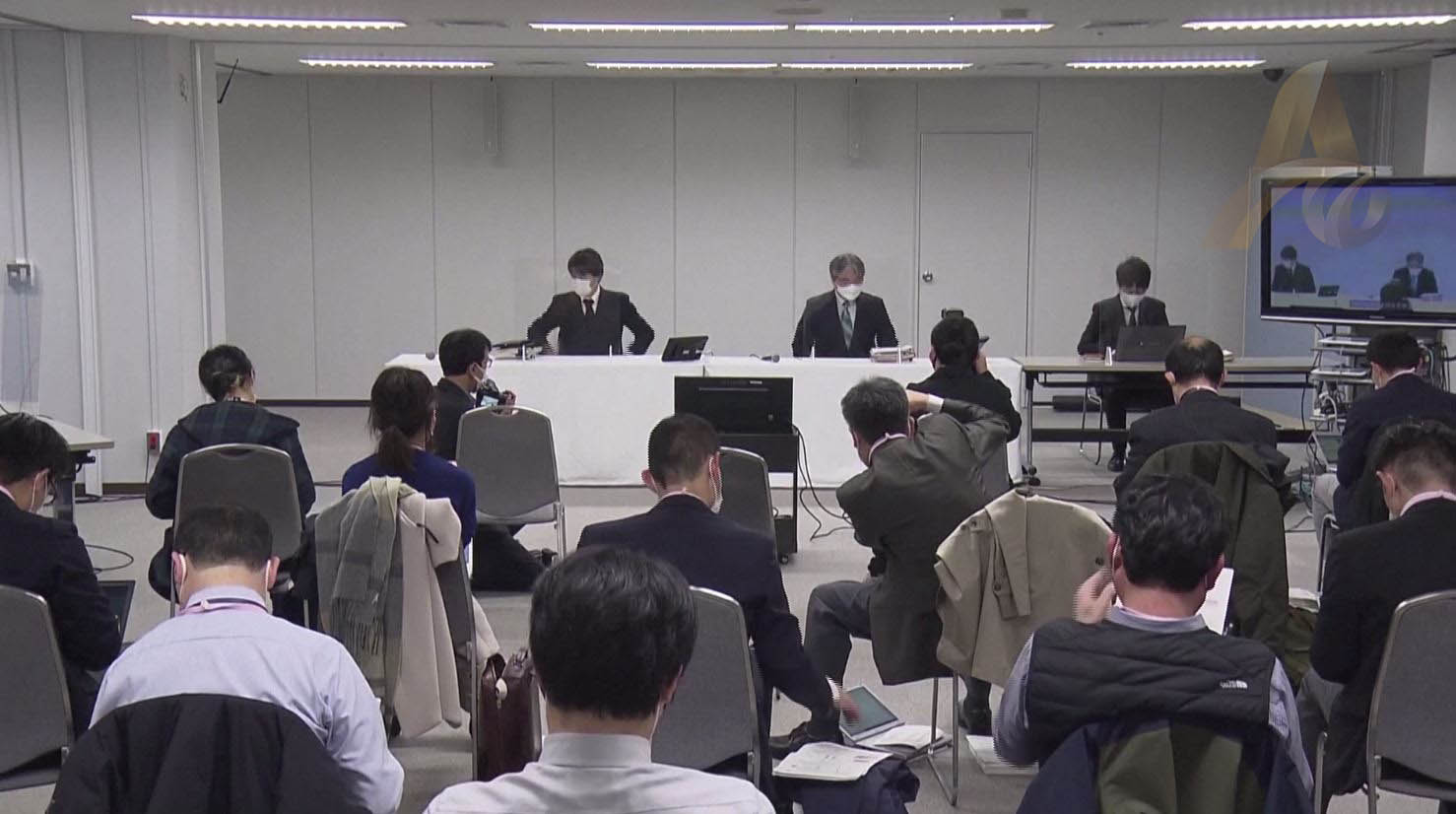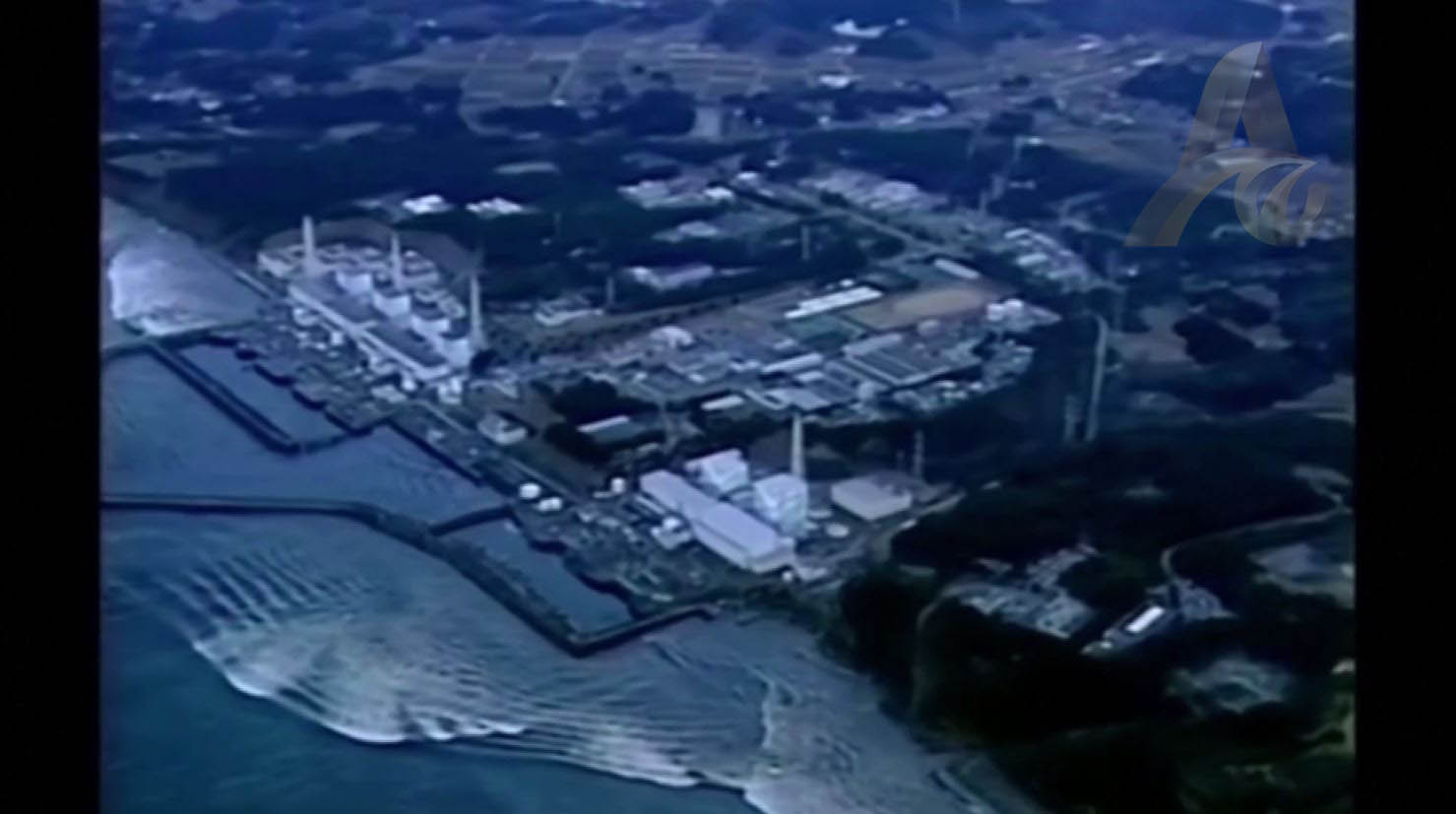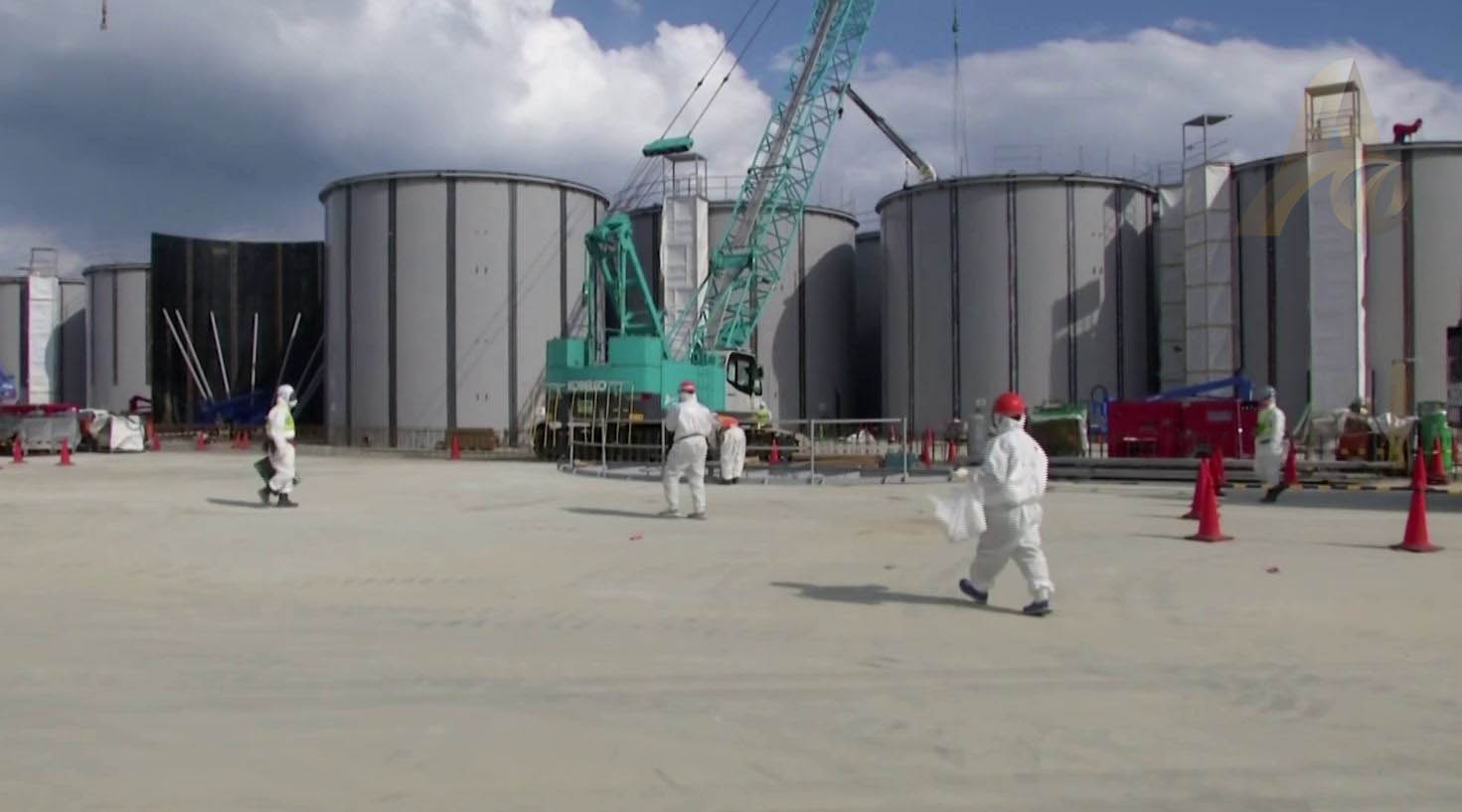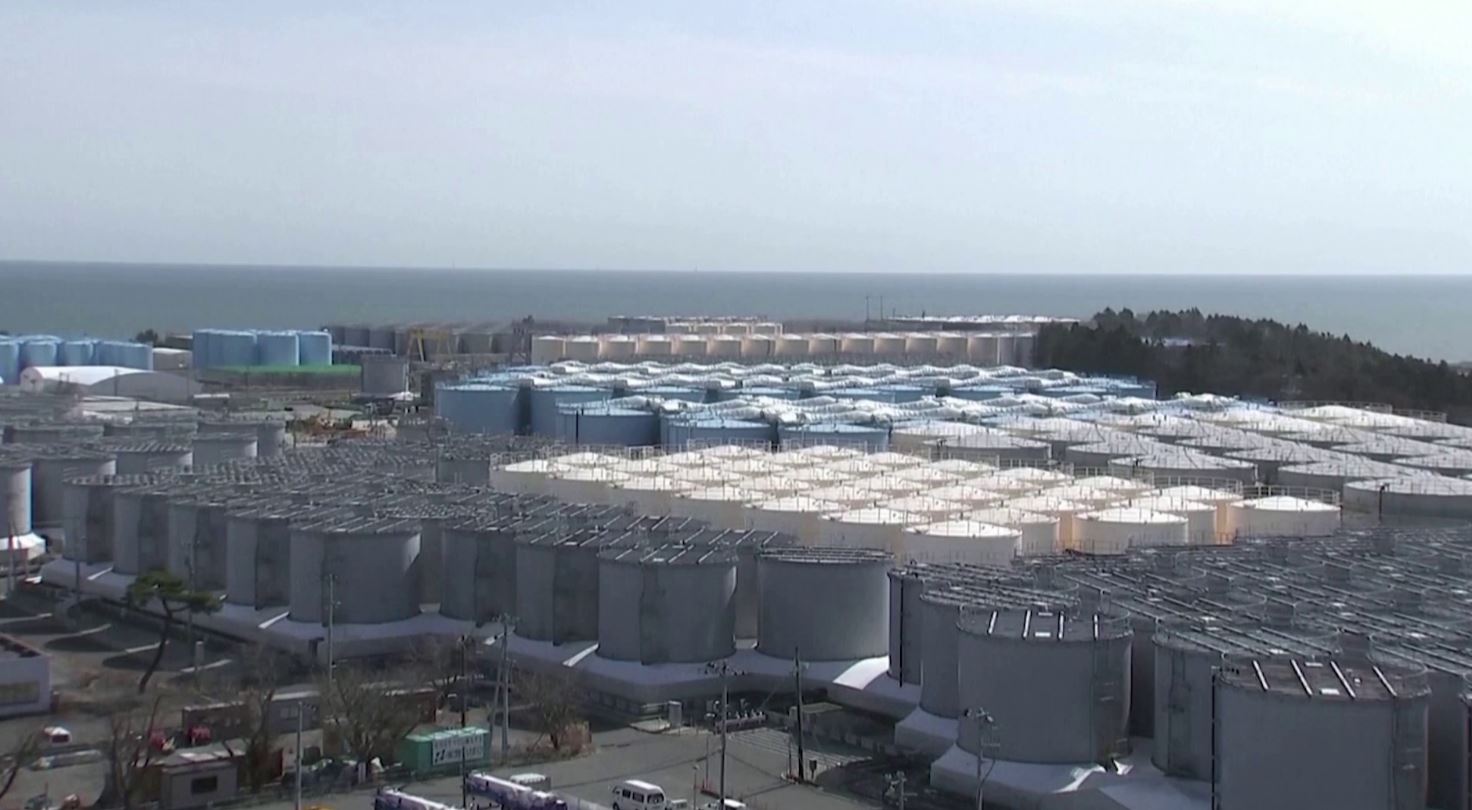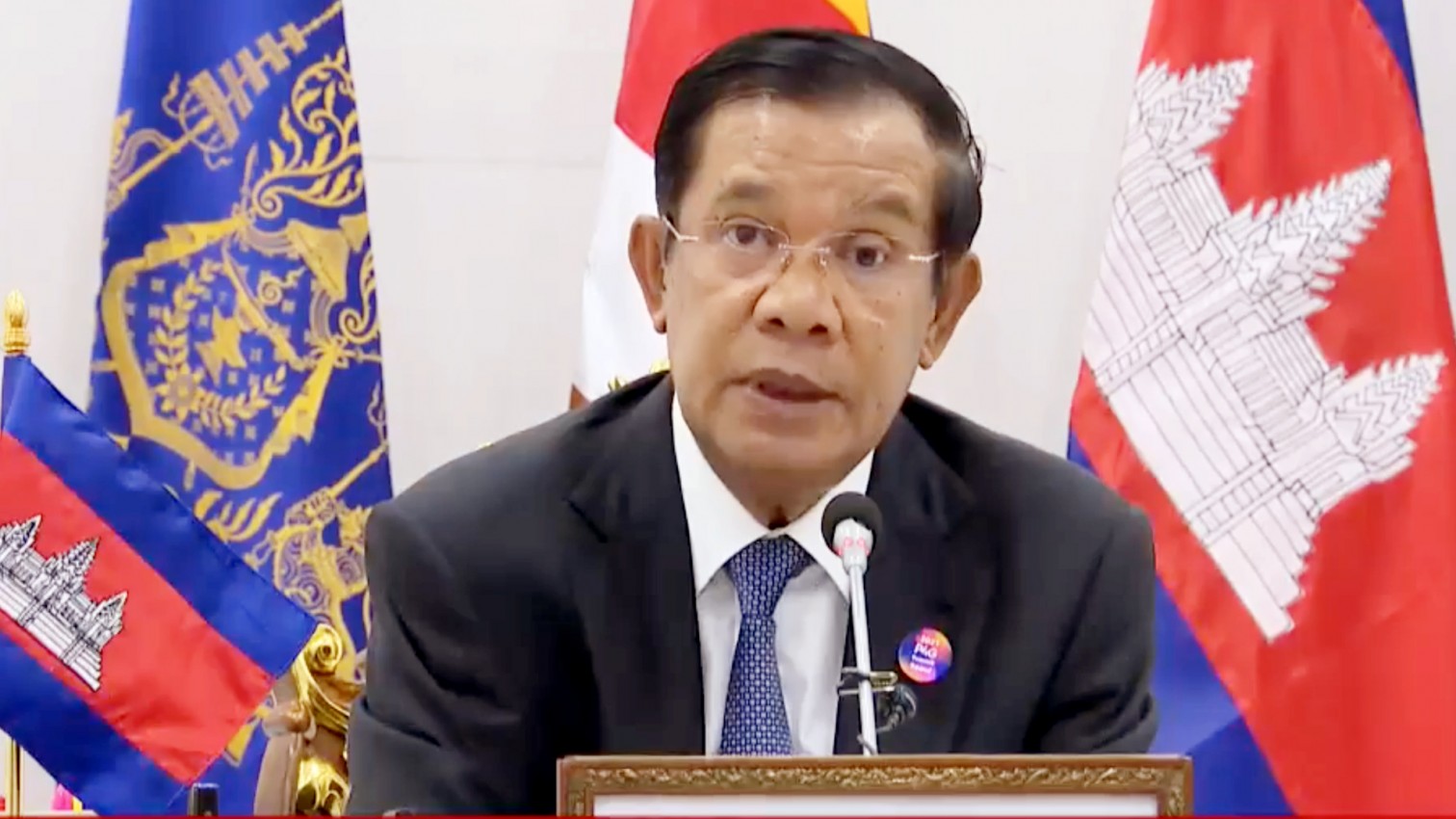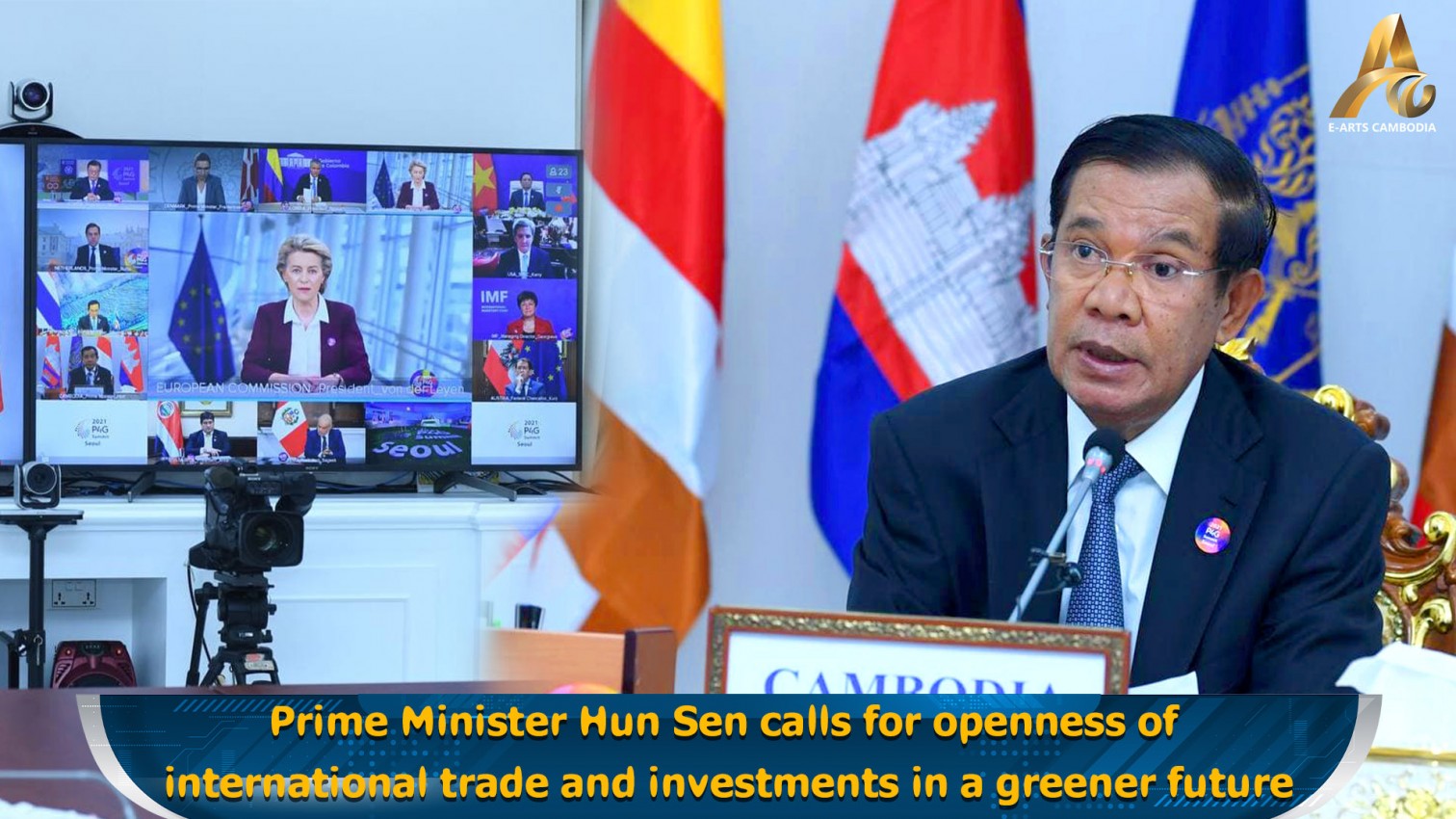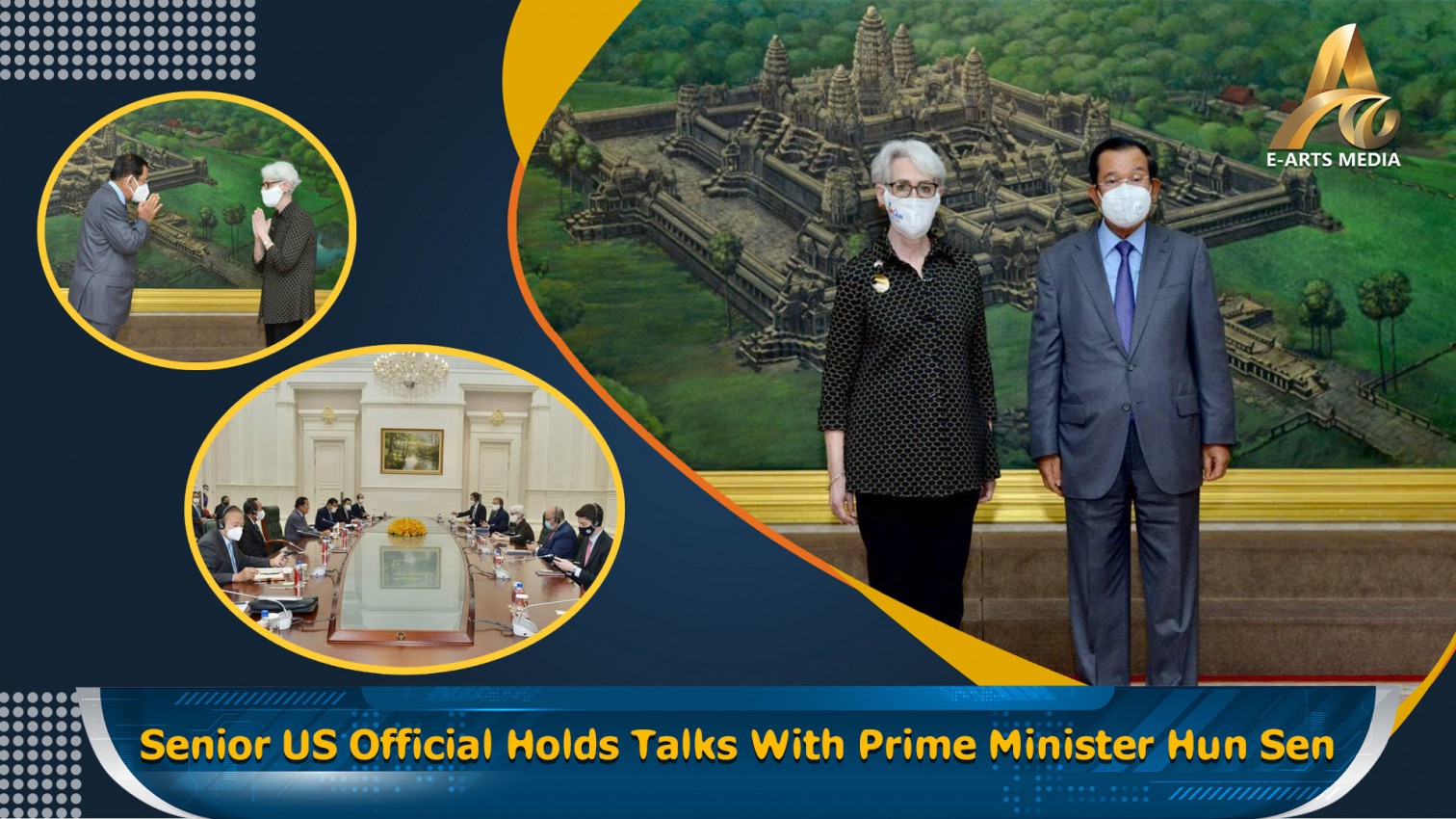INTERNATIONAL: The operator of Japan's crippled Fukushima nuclear power plant has announced on Tuesday to build an underwater tunnel to release water from the plant into the sea, as part of a project to treat and dispose of contaminated water.
A decade after a massive earthquake and tsunami ravaged the northeastern coast, disabling the plant and causing the world's worst nuclear disaster since Chernobyl, nearly 1.4 tons of contaminated water has accumulated at the site. The water, enough to fill about 500 Olympic-sized swimming pools, is stored in huge tanks at an annual cost of about $880 million, and space is running out.
This year, Tokyo Electric Power (Tepco)has outlined plans to discharge more than 1.1 tons of the water, after treatment and dilution, from a point about 1 kilometre offshore from the power station.
Tepco has submitted detailed plans on Tuesday to the nuclear regulation authority for approval.Pumps would move the treated water from the tanks to the seashore and through a seabed tunnel to release it at a depth of 40 feet, and about 1 kilometre out at sea.
Although international authorities support the water discharge effort, it has provoked concerns from neighbors China and South Korea, as well as worried local farmers. The company would continue to discuss the issue with residents and others before construction, set to start in the middle of next year.
The water is to be processed to remove radioactive contamination, except for tritium, which cannot be removed. Water with the radioactive isotope diluted to one-seventh of the figure set by the World Health Organization's guidelines for drinking water is to be released into the Pacific from the plant around spring 2023, under a government plan.
















